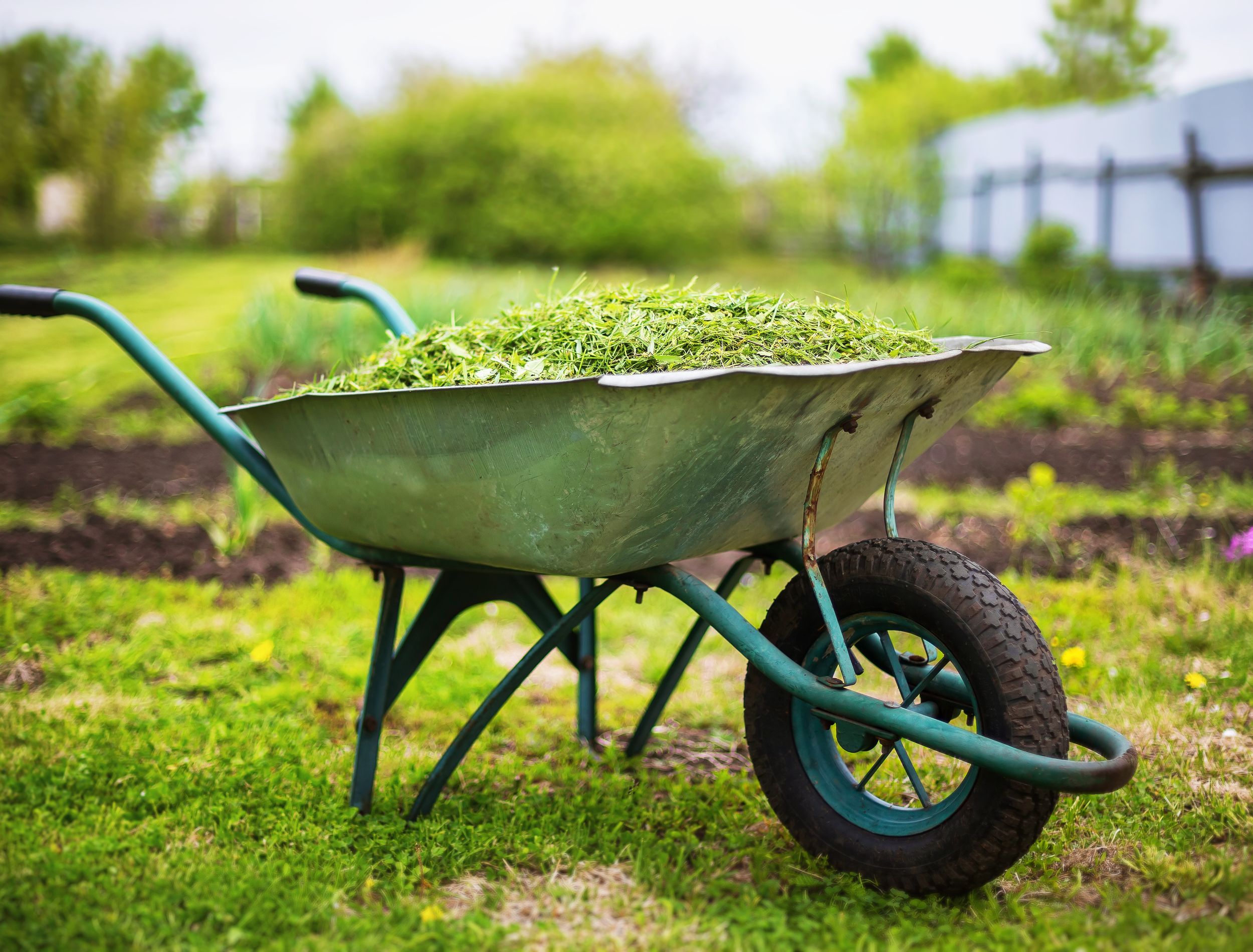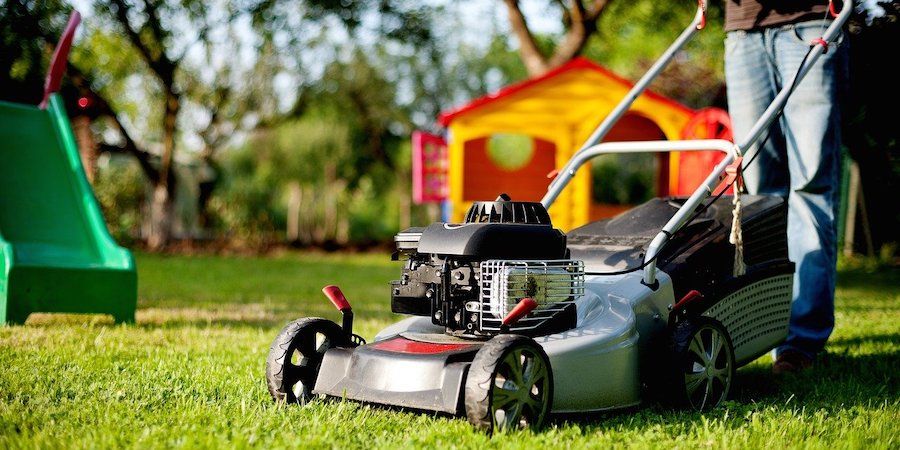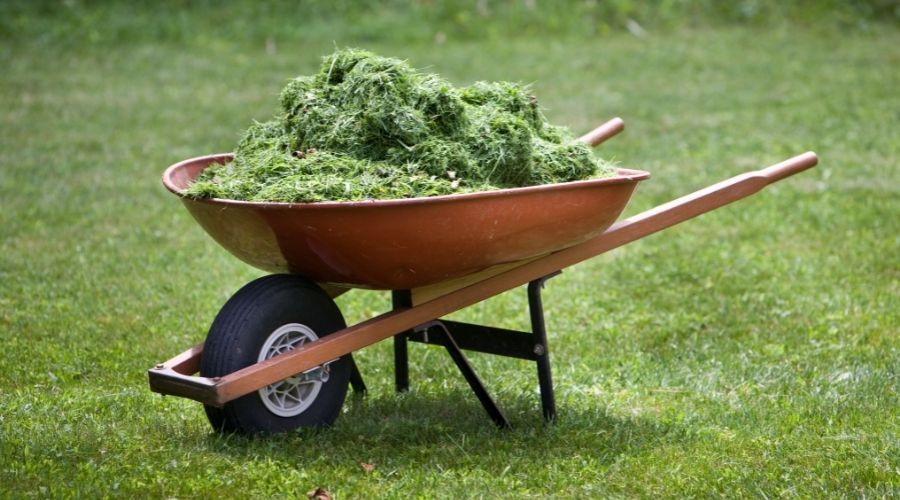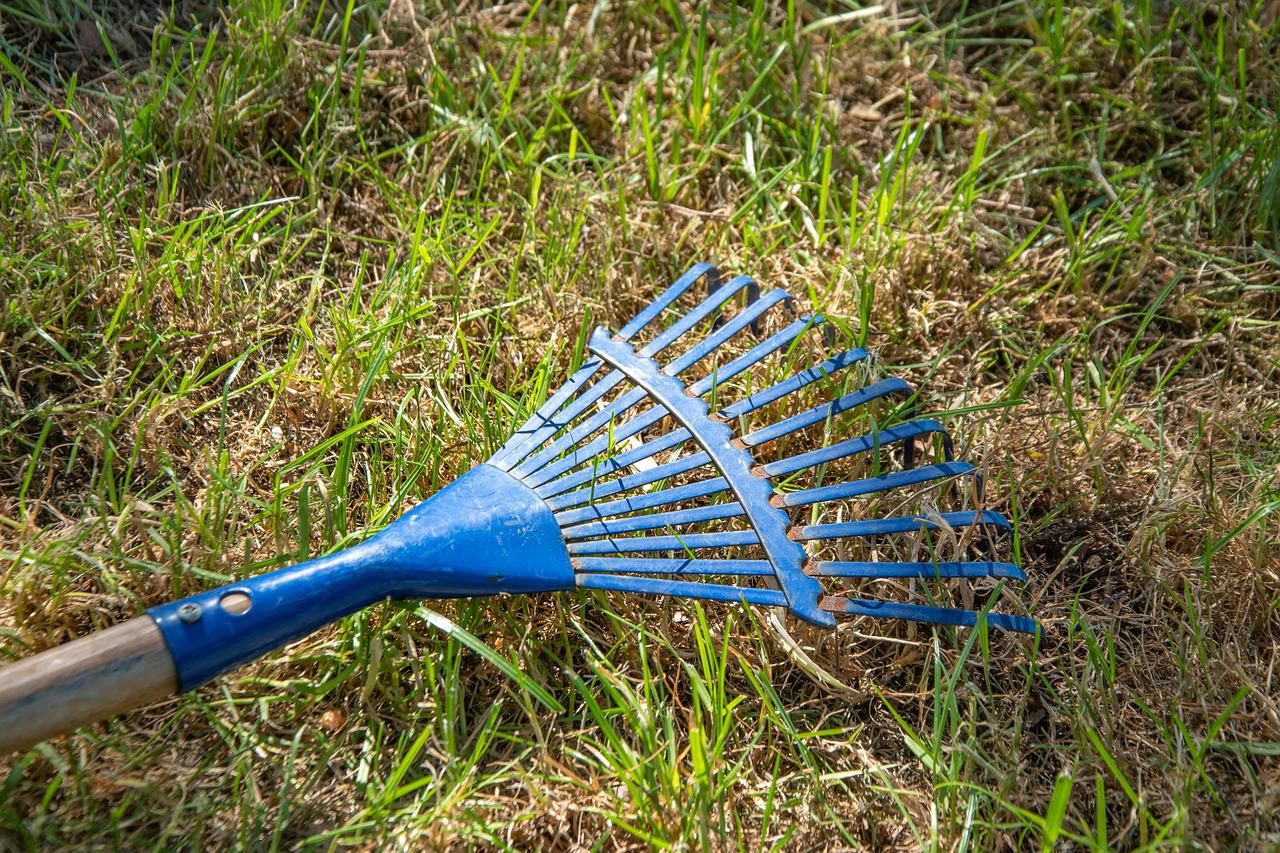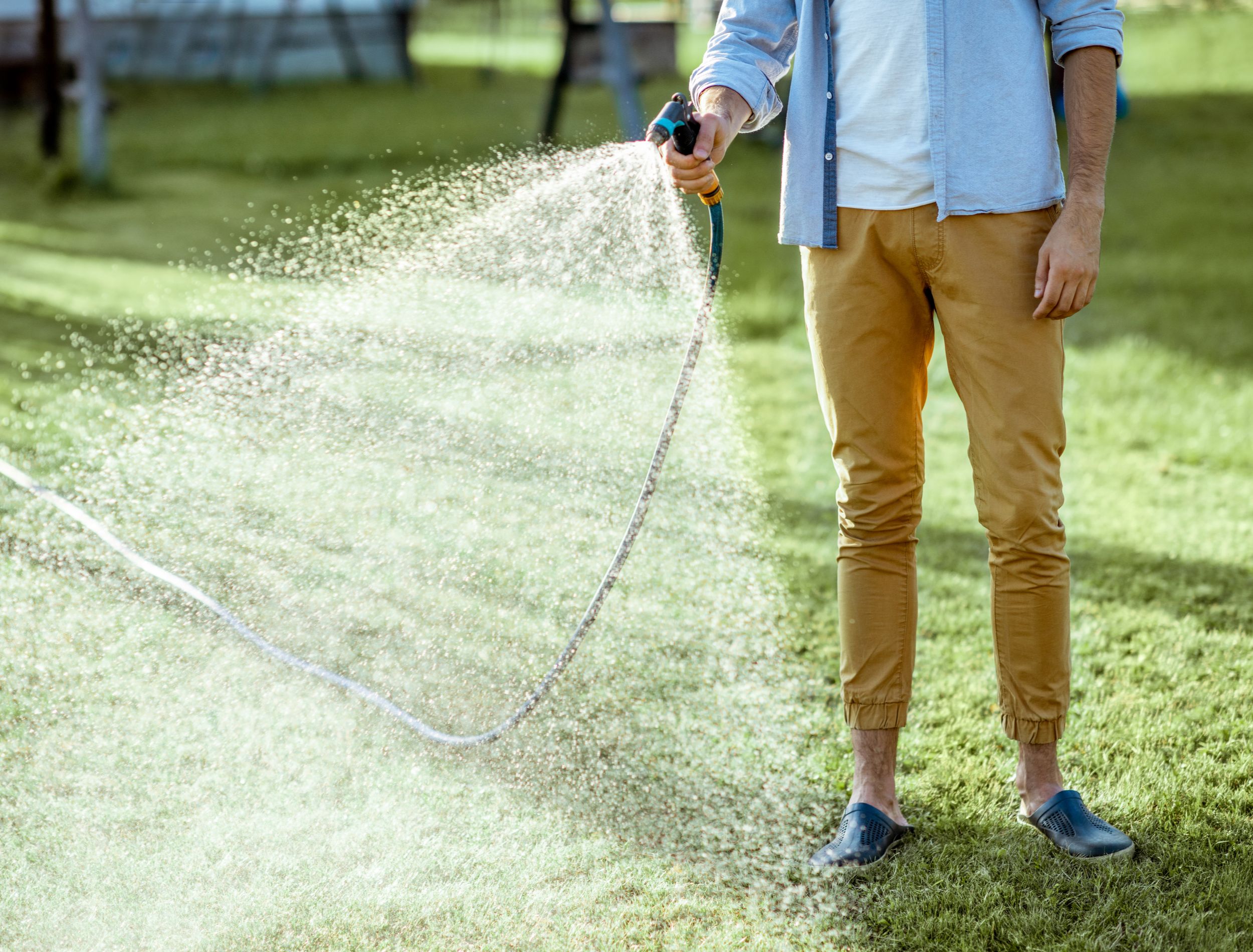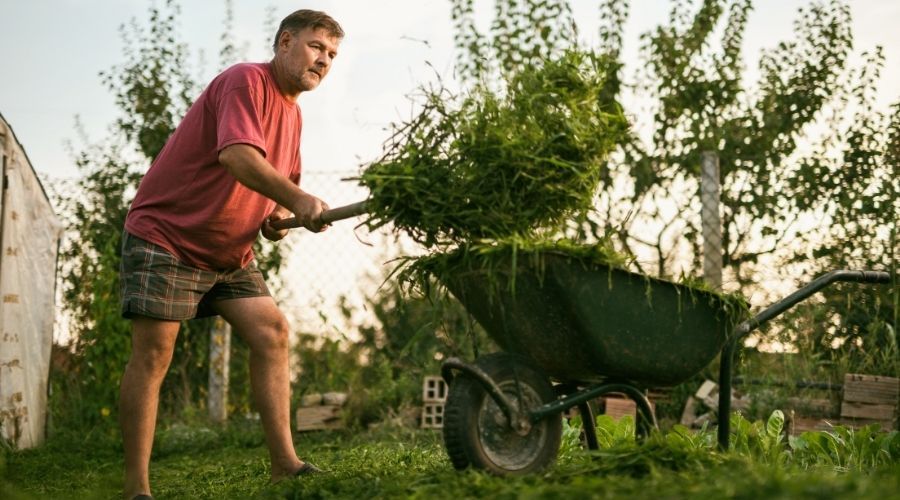Did you know that mowing your lawn can help the environment? That's right - by mulching your grass clippings, you can provide a valuable source of nutrients for your lawn and garden. Mulch helps to retain moisture in the soil, which is beneficial for vegetation. It also helps to control erosion and can even reduce the need for chemical fertilizers.
Mulching with grass clippings is also a great way to keep your garden looking tidy and reduce the amount of work you have to do in the summertime. And, as an added bonus, it helps suppress weeds!
So, let's get started!
What You’ll Need
- Lawnmower
- Bag to collect your clippings
- Gloves
- Rake
- Watering hose
Step-By-Step Guide On How To Mulch With Grass Clippings
If you're looking for a way to mulch that is both environmentally friendly and free, then using grass clippings is a great option! Here's a guide on how to mulch with grass clippings:
Step One: Lawn Mowing
Image credits: andreas160578 via Pixabay
Mowing your lawn is one of the most important tasks you can do to maintain a healthy and beautiful yard. Not only does it keep your grass looking neat, but it also helps to prevent weeds from taking over. Plus, it's a great way to get some exercise!
So, the first step is to mow your lawn as usual and make sure to collect the grass clippings.
Step Two: Spreading Your Fresh Grass Clippings
Image Credit: capecodphoto on Canva
Once you have a good amount of grass clippings, spread them evenly over the area you want to mulch.
When using fresh grass clippings as mulch, it's important to use the right amount. Too much mulch can smother your lawn and plants and prevent them from getting the air and water they need. A general rule of thumb is to apply a ¼ inch thick layer of fresh grass clippings as mulch around your plants and on your lawn. If you have very delicate plants, you may want to reduce the amount of mulch slightly.
Applying fresh grass clippings is easy. Simply spread them around your plants, being careful not to pile them too high.
If you have more mulch than you can use, don't worry! Grass clippings can be easily composted. Simply add them to your compost bin or pile and they will break down over time, providing nutrients for your plants.
Step Three: Rake
Image credits: Ringelbaer via Pixabay
If you're mulching your grass clippings, using a rake can help them break down more quickly. By raking the clippings into smaller pieces, they'll decompose more rapidly, providing nutrients to your soil more quickly.
You can also rake to lightly fluff up the mulch every few days. This will help aerate it and speed up decomposition.
If you have a lot of mulch, you may need to rake it more often. But if you only have a thin layer, raking it too often can damage the underlying plants. So just use your best judgment and rake as needed.
Step Four: Watering
Image credit: RossHelen via shutterstock
It's important to water your lawn after mulching, especially if you live in a hot and dry climate. Mulch helps retain moisture in the soil and prevents evaporation, but it can also prevent water from reaching the roots of your grass if it's too thick. Watering will help ensure that your grass gets the hydration it needs.
When watering your lawn after mulching, be sure to water deeply and less often. This will encourage your grass roots to grow deep and strong, making them more drought resistant. Watering too often or shallowly will encourage shallow root growth, which can make your grass more susceptible to drought stress.
Aim to water your lawn once or twice per week and apply enough water so that the mulch is thoroughly wetted.
Advantages of Mulching
Image Credit: BraunS on Canva
Mulching is one of the greatest things you can do for your lawn or garden. It protects your plants from extreme weather, keeps the soil moist, and suppresses weeds. Here are some of the top reasons to mulch your lawn and garden beds this year:
It protects plants from extreme weather conditions: If you live in an area with harsh summers or cold winters, mulch can help protect your plants from the elements. In summer, mulch helps keep the root system cool and moist. In winter, it insulates the roots and prevents them from freezing.
It helps retains moisture in the soil: Mulch acts as a barrier to evaporation, keeping moisture in the soil and preventing your plants from drying out. This is especially important in hot weather or areas with little rainfall.
It suppresses weeds: Weeds compete with your plants for water, nutrients, and sunlight. By mulching your garden beds, you can prevent weeds from germinating and taking over.
It adds organic matter to the soil: As mulch decomposes, it releases nutrients into the soil that benefit your plants. It also improves the soil’s structure, making it better able to retain water and nutrients.
Whether you’re looking to protect your plants from the elements or suppress weeds, mulch is a great solution. With so many benefits, there’s no reason not to mulch your garden beds this year!
In Summary
If you’re looking for an easy way to help the environment, keep your garden looking great, and reduce the amount of work you have to do this summer, mulching with grass clippings is the solution for you! It’s a simple process that takes just a few minutes each week, and the benefits are plentiful. Do you have any tips or tricks? Let us know in the comments below!

